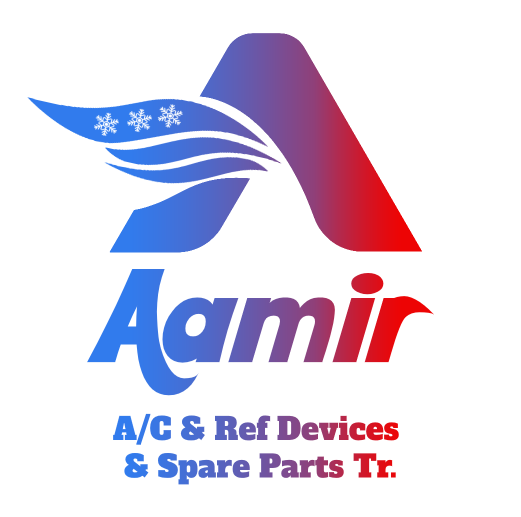Uncategorized
How to make15447 Workflow Operations
When producing workflow processes, is considered important to consider the needs of the staff members and associates involved in the method. This includes their function preferences and organizational lifestyle. Additionally , it is often useful to leverage work flow software that supports the way your group works, instead of forcing a new style to them.
A good kick off point is to observe how the process is currently handled in the company. Speak with everyone involved in the method and gather information on what exactly they are doing, wherever they are carrying it out, and to which they are sending their benefits. Once you have a definite understanding of the actual process, you can develop a better one through the elimination of wasteful simple steps and redundancies.
Although observing the current process, look for the following signals that it may be time to develop a much better workflow:
Inputs are duties or situations that trigger the workflow. They could be physical or digital, for example a request form being filled out, or a job status becoming updated. you can try here Outputs will be the finished goods that are produced by the workflow. Examples of outputs could be reports, docs, or completed projects.
After you have a clear photo of the inputs and outputs, it’s the perfect time to begin creating your workflow. Start by creating a list of all of the individual measures in the process, and map the ones steps away using a visual tool like a flow information or movement diagram. This will help you discover and take away any repetitive or misused steps, and can make the complete process better to control and figure out.

